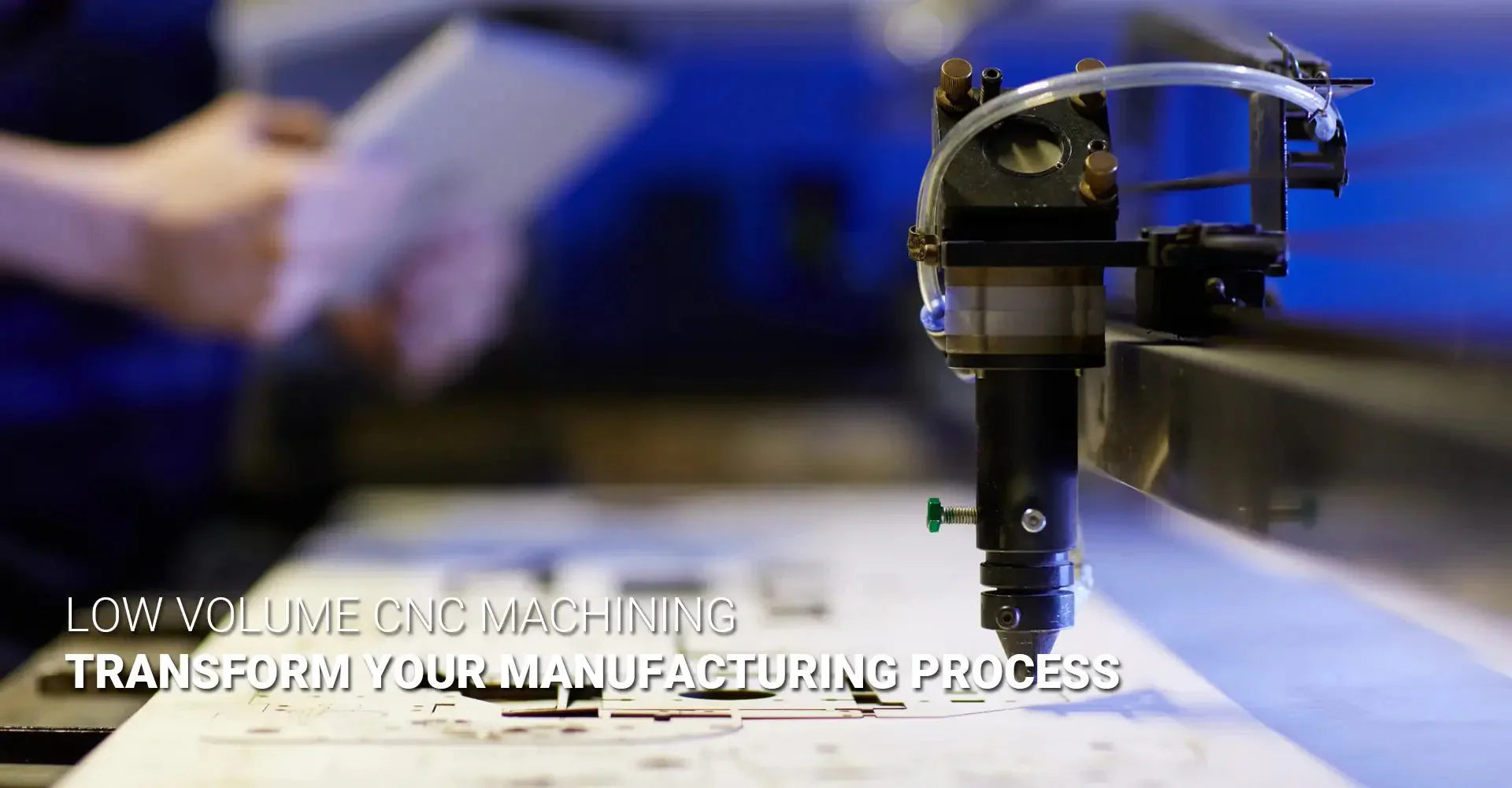How Can Low Volume CNC Machining Transform Your Manufacturing Process?

How Can Low Volume CNC Machining Transform Your Manufacturing Process?

In today's rapidly evolving manufacturing landscape, businesses are increasingly seeking flexible and cost-effective production solutions. Low volume CNC machining has emerged as a game-changing approach, offering precision, efficiency, and adaptability for small to medium production runs.
The global CNC machine market is projected to reach an impressive $128.86 billion by 2026, with a robust CAGR of 7.79% during 2025-2030. This significant growth reflects the increasing adoption of low volume CNC machining across various industries.
As we explore the transformative potential of low volume CNC machining, we'll uncover how this technology can revolutionize your manufacturing process, reduce costs, and deliver superior quality products.
[Table of Contents]
- What Makes Low Volume CNC Machining Different from Mass Production?
- Why Should Businesses Consider Low Volume CNC Machining?
- How to Design Parts for Low Volume CNC Manufacturing?
- Which Industries Benefit Most from Low Volume CNC Machining?
What Makes Low Volume CNC Machining Different from Mass Production?
Understanding the unique characteristics of low volume CNC machining is crucial for making informed manufacturing decisions. Unlike mass production, this approach focuses on producing smaller quantities, typically ranging from 10 to 10,000 pieces.
Low volume CNC machining offers unprecedented precision and flexibility, allowing manufacturers to produce complex components without the substantial tooling investments required for mass production. This method combines advanced computer-controlled machinery with skilled craftsmanship to deliver exceptional results.
The key distinction lies in the setup process, production timeline, and cost structure. While mass production requires extensive initial setup and tooling costs, low volume CNC machining can begin production almost immediately with minimal setup requirements.
Why Should Businesses Consider Low Volume CNC Machining?
Custom CNC milling services offer numerous advantages that make them particularly attractive for modern manufacturing needs. The flexibility and cost-effectiveness of this approach have made it increasingly popular across various industries.
The benefits extend beyond mere production capabilities. With low volume CNC machining, businesses can:
- Minimize inventory costs
- Reduce financial risks
- Maintain high quality standards
- Implement design changes quickly
The ability to produce small batches allows companies to test market demand, refine designs, and scale production according to actual needs rather than projected estimates.
How to Design Parts for Low Volume CNC Manufacturing?
Effective design is crucial for successful CNC turning and milling operations. When designing parts for low volume production, several key factors must be considered to optimize both cost and quality.
Best practices for low volume CNC machining design include:
- Utilizing standard dimensions
- Avoiding unnecessary complexity
- Considering material selection carefully
- Planning for efficient surface finish requirements
Understanding these design principles helps ensure manufacturability while maintaining cost-effectiveness. The key is finding the right balance between design complexity and production efficiency.
Which Industries Benefit Most from Low Volume CNC Machining?
Low volume CNC machining has found its niche across numerous industries, each benefiting from its unique advantages. The versatility of this manufacturing method makes it particularly valuable in specialized sectors.
Leading industries utilizing low volume CNC machining include:
- Aerospace and Defense
- Medical Device Manufacturing
- Automotive Prototyping
- Consumer Electronics

The growth of 5-axis CNC machining centers, projected at $627.30 million between 2021-2025, demonstrates the increasing sophistication and demand for these services across various sectors.
Conclusion
Low volume CNC machining represents a strategic manufacturing solution that combines flexibility, precision, and cost-effectiveness. As technology continues to advance and market demands evolve, this approach offers businesses the agility needed to stay competitive in today's dynamic manufacturing landscape.
The future of manufacturing lies in adaptable, efficient solutions that can meet specific needs while maintaining high quality standards. Low volume CNC machining stands at the forefront of this evolution, offering the perfect balance between customization and production efficiency.
[External Links Recommendation]
-
Posted in
CNC machining





